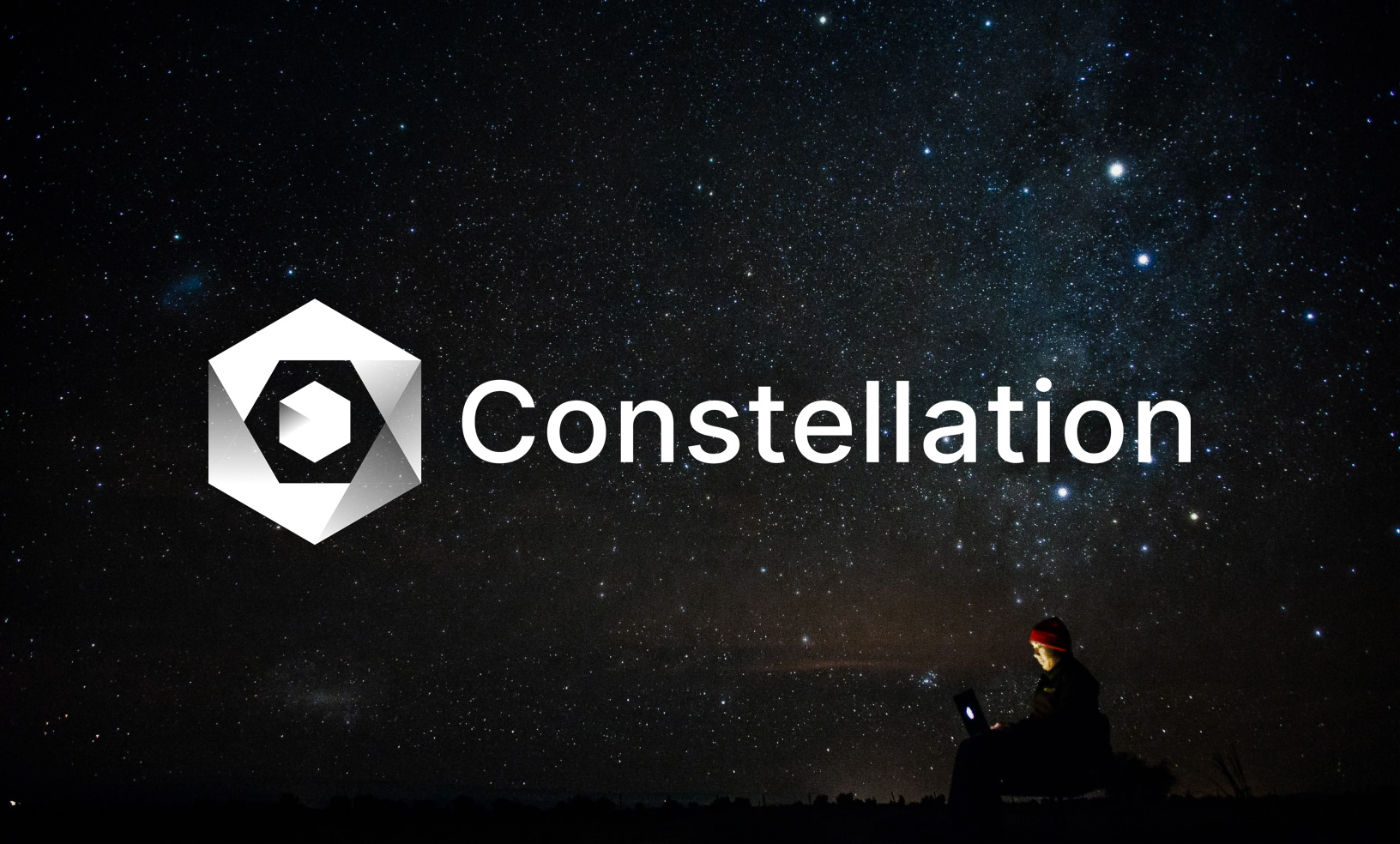
Constellation (DAG) functions as a decentralized data marketplace and DeFi ecosystem that provides users with multiple ways to secure passive returns. The project introduces the concept of state channels and hybrid nodes to improve usability across the board. Here’s everything you need to know about Constellation.
Notably, Constellation has gained considerable market momentum since its introduction. The protocol has already worked in strategic partnerships with some impressive clientele including Amazon Web Services and the United States Airforce. The network has also partnered with Chainlink (LINK) and the KuCoin exchange as well.
What Problems Does Constellation Attempt to Fix?
One of the main issues that Constellation was designed to eliminate was a lack of scalability. Scalability concerns are a major problem for many developers and crypto issuers today. When a blockchain experiences congestion it can result in higher fees and lower performance depending on the technical structure of the network.

Constellation eliminates these issues, as the protocol leverages a new consensus mechanism meant to provide near limitless scalability. The platform offers faster transactions with quicker finality compared to today’s most popular DeFi blockchains. In this way, Constellation improves business resilience and provides a reasonable alternative to developers.
Centralization
Another major concern for the team behind Constellation was the growing amount of centralization faced by blockchain developers. As more people flock towards Ethereum, new developers are forced to pay higher gas fees for lower performance. Constellation targets these groups with more flexibility and affordability.
Difficulty Securing ROIs
Beyond centralization, many traders find it difficult to secure consistent passive returns. Passive income can make your life a lot easier as its income is generated from past efforts such as royalties or commissions. In the past, passive income was usually obtained through rental properties.
Today, networks like Constellation provide multiple passive income streams – including both staking and yield farming. These low-risk wealth generation methods provide consistent returns and help traders avoid the pitfalls of day trading.
The main difference between staking and farming is the lock-up periods. Staking requires you to lock your funds for a predetermined time at a specific APY. Farming however, has no lock up or pre-set APY. This means you need to monitor farming pools to get the highest ROIs.
Lack of Sustainability
PoW networks have a major flaw in requiring a lot of electricity to remain secure. When these networks were small projects it seemed reasonable, but as networks like Bitcoin now use more energy than entire nations, many are questioning that decision.
Constellation believes it can provide a sustainable alternative to the market by leveraging directed acyclic graph (DAG) architecture to achieve a consensus using very little energy. The protocol has a minuscule carbon footprint compared to Ethereum and other PoW networks operating today.
Benefits of Constellation
Constellation is a fast, scalable, and efficient option that developers continue to notice. The protocol seeks to drive mass adoption through convenience and capabilities. One of the ways that Constellation helps to drive blockchain awareness is through the onboarding of quality projects in its accelerator and incubator program.
Affordability
Another major benefit of Constellation are its low gas fees. The protocol offers developers relief in the form of near-zero fees on their creations. Gas fees are what networks use to compensate nodes for the execution of smart contracts. As such, gas fees can have a major effect on the overall usability of the protocol, resulting in network failure when too high.
How Does Constellation Work?
Constellation functions as a hyper-graph network that supports DAG micropayments. The protocol leverages three main components to provide usability in a frictionless manner. The system has,
- DAG nodes
- State channel nodes
- Hybrid nodes
Constellation leverages the concept of micro-services to incentivize these groups.
Mainnet 2.0
The Constellation Mainnet 2.0 upgrade is the largest to be planned for the network to date. This upgrade will streamline a host of advanced DeFi features. Specifically, its goal is to allow for users to easily create a token, develop utility, market their services to the community, and generate intrinsic value.
State Channels
State Channel operators have multiple ways they can start earning rewards. They may license the channel’s data as a subscription fee, or even create varying forms of payment access protocols to meet their needs. The network requires the user to hold DAG tokens to interact with these features.
Hybrid Nodes
Hybrid nodes provide some unique features to the market. They offer users cross-chain liquidity, which improves the overall user experience. Additionally, they serve a vital role in network adoption. Hybrid nodes provide adaptability to adjust to different types of applications.
L0 token standard
The L0 Token standard is the latest introduction to the market. This Constellation-based protocol enables developers to create while retaining full interoperability within the Constellation ecosystem. The use of standards is always a prerequisite to innovation.
Token
DAG is the main utility token for the Constellation platform. The token serves multiple roles within the DeFi system. It provides a seamless exchange of data from state channels. Users can secure DAG as rewards for operating as nodes, staking, or farming. They can also use the token to send value freely.
Consensus
At the core of Constellations performance is the directed acyclic graph architecture. The structure of the DAG system enables the network to derive storage space from a variety of locations to help improve performance by reducing congestion. Constellation has taken this concept and integrated it into a fourth-gen DeFi blockchain with great success.
Bottom Line
Constellation has a solid concept in place with its near-zero gas fees. Developers are eager to find ways to avoid the crushing fees of Ethereum. Constellation has a good combination of features and community support to become a serious contender in the coming years. For now, Constellation is a project to monitor as the blockchain sector expands.


















